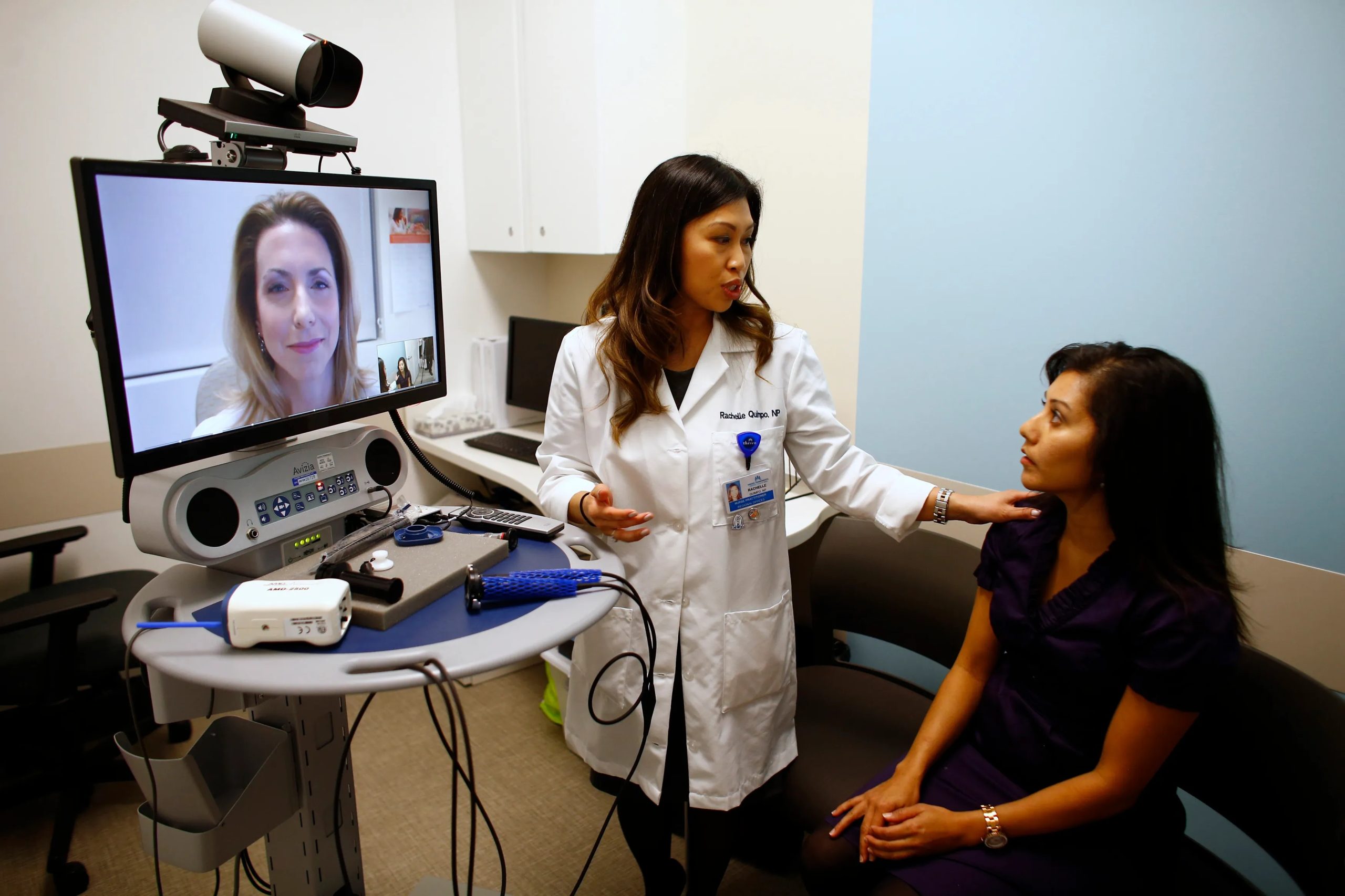
The study delves into telemental health’s impact on Medicaid-enrolled youth. Interviews with therapists highlighted telehealth’s promise but underscored digital hurdles. Challenges like limited internet access and cultural acceptability were noted. However, overcoming these barriers revealed the potential benefits: reduced stigma, eased access, and flexible scheduling. The study emphasizes broadband investment and adaptable policies to enhance equitable access.
In a transformative landscape of mental healthcare, telehealth has emerged as a crucial avenue for ensuring access to services, especially among youth enrolled in Medicaid. However, as revealed in interviews with therapists, the effectiveness of telemental health for this demographic hinges significantly on addressing digital barriers.
A recent study, detailed in the American Journal of Managed Care, examined how synchronous telehealth influences mental healthcare accessibility for young Medicaid beneficiaries. Researchers conducted qualitative interviews with 19 therapists affiliated with a substantial mental healthcare organization serving diverse communities in Georgia between December 2020 and March 2021.
These therapists, primarily women, with a blend of racial backgrounds and extensive telehealth experience, provided insights into the challenges and opportunities of telemental health among Medicaid-enrolled youth.
While telehealth demonstrates the potential to surmount geographical barriers and enhance scheduling flexibility, its success is contingent upon resolving digital access limitations. The study illuminated various impediments, including inadequate internet access, poor cellular coverage, limited technology availability, and low technological literacy.
Participants suggested strategies to mitigate these barriers, such as local internet providers offering free services and schools providing free hotspot devices or Chromebooks. Overcoming digital hurdles not only improves access but also fosters acceptance of telemental health services among youth.
Cultural acceptability emerged as another factor influencing the uptake of telehealth services. While some patients preferred in-person care due to dissatisfaction or boredom with telehealth, others, notably teenagers, embraced remote services. Remarkably, telemental health was seen as a means to diminish the stigma associated with seeking mental health care, especially when accessed privately from home.
The removal of transportation barriers and enhanced appointment scheduling flexibility were highlighted as major advantages by most therapists. Telehealth not only bridged geographical gaps but also facilitated crisis intervention and last-minute adjustments in scheduling, easing the burden on caregivers.
The researchers emphasized the necessity for sustained investment in broadband infrastructure and adaptable reimbursement policies, accommodating multiple modalities (phone, video, in-person) in varied settings like homes or schools. These measures, they argued, would foster more equitable access to mental health services among lower-income youth.
This research is especially pertinent amid an ongoing youth mental health crisis in the United States. Telehealth has proven instrumental in meeting the escalating mental health needs of young individuals across the nation.
Statistics highlight the exponential growth in telemental health service utilization among pediatric patients, surging by 2,300 percent compared to pre-pandemic levels. A recently published study focused on pediatric mental health service utilization and expenditure rates from January 2019 through August 2022.
Over this period, overall mental health service utilization among youth increased by 21.7 percent, with spending rates rising by 26.1 percent. The surge in telehealth services during the pandemic was staggering, peaking at a 3,027 percent increase compared to pre-pandemic utilization.
By August 2022, telehealth-based pediatric mental health utilization remained substantially higher—2,300 percent—than levels before the pandemic, while in-person services had partially rebounded to 75 percent of pre-pandemic levels.
Overall, while telehealth holds immense promise in addressing mental health disparities among Medicaid-enrolled youth, sustained efforts to alleviate digital barriers are imperative for its full realization. The landscape of mental healthcare continues to evolve, and prioritizing equitable access through innovative solutions remains pivotal in catering to the evolving needs of vulnerable populations.
